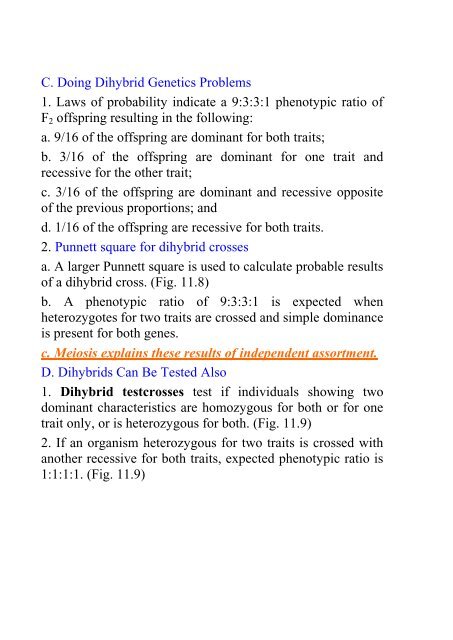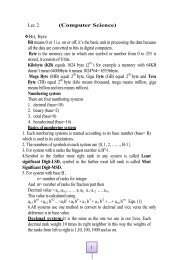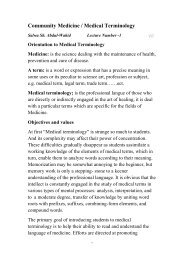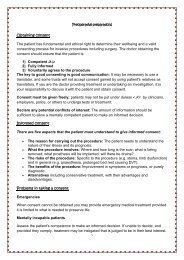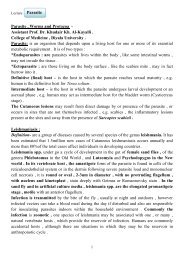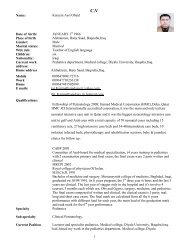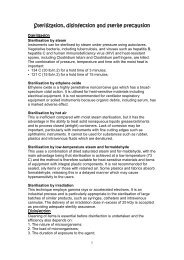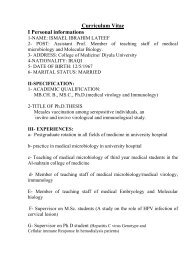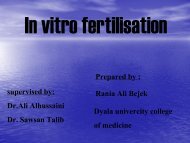11.1. Introducing Gregor Mendel (p. 174)
11.1. Introducing Gregor Mendel (p. 174)
11.1. Introducing Gregor Mendel (p. 174)
You also want an ePaper? Increase the reach of your titles
YUMPU automatically turns print PDFs into web optimized ePapers that Google loves.
C. Doing Dihybrid Genetics Problems1. Laws of probability indicate a 9:3:3:1 phenotypic ratio ofF 2 offspring resulting in the following:a. 9/16 of the offspring are dominant for both traits;b. 3/16 of the offspring are dominant for one trait andrecessive for the other trait;c. 3/16 of the offspring are dominant and recessive oppositeof the previous proportions; andd. 1/16 of the offspring are recessive for both traits.2. Punnett square for dihybrid crossesa. A larger Punnett square is used to calculate probable resultsof a dihybrid cross. (Fig. 11.8)b. A phenotypic ratio of 9:3:3:1 is expected whenheterozygotes for two traits are crossed and simple dominanceis present for both genes.c. Meiosis explains these results of independent assortment.D. Dihybrids Can Be Tested Also1. Dihybrid testcrosses test if individuals showing twodominant characteristics are homozygous for both or for onetrait only, or is heterozygous for both. (Fig. 11.9)2. If an organism heterozygous for two traits is crossed withanother recessive for both traits, expected phenotypic ratio is1:1:1:1. (Fig. 11.9)


